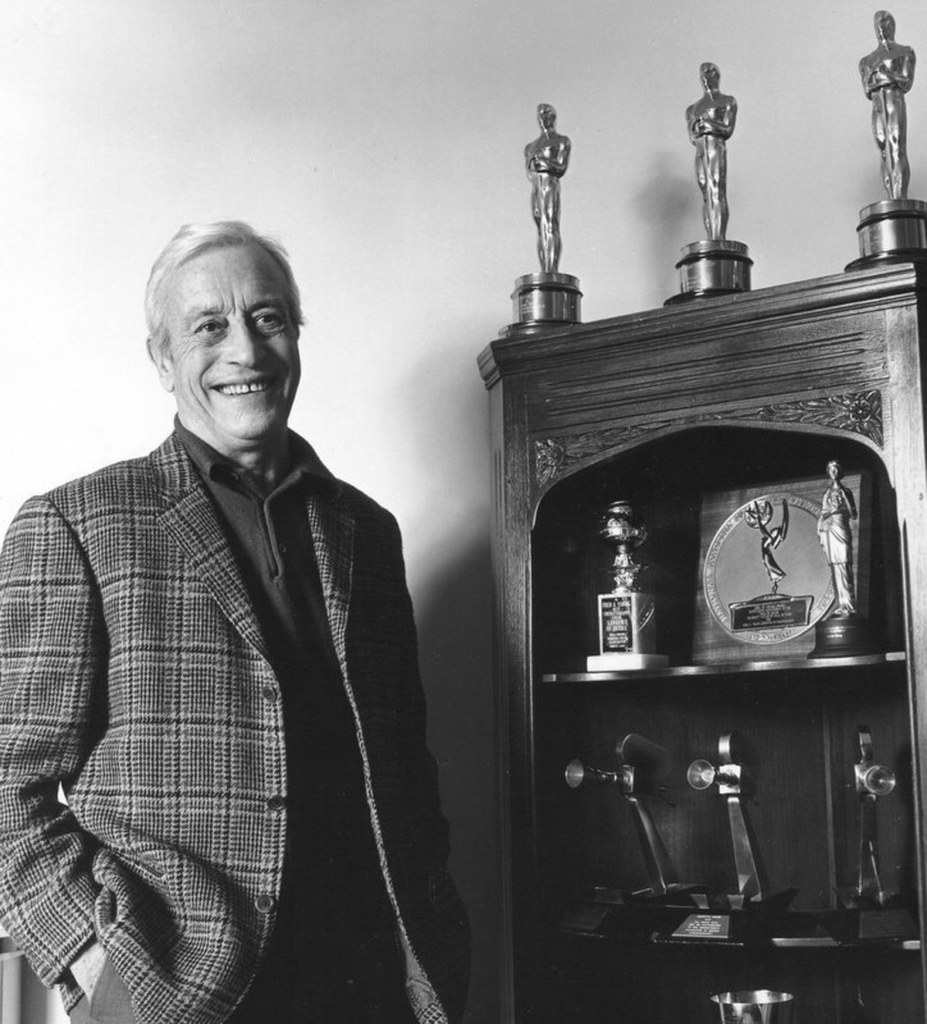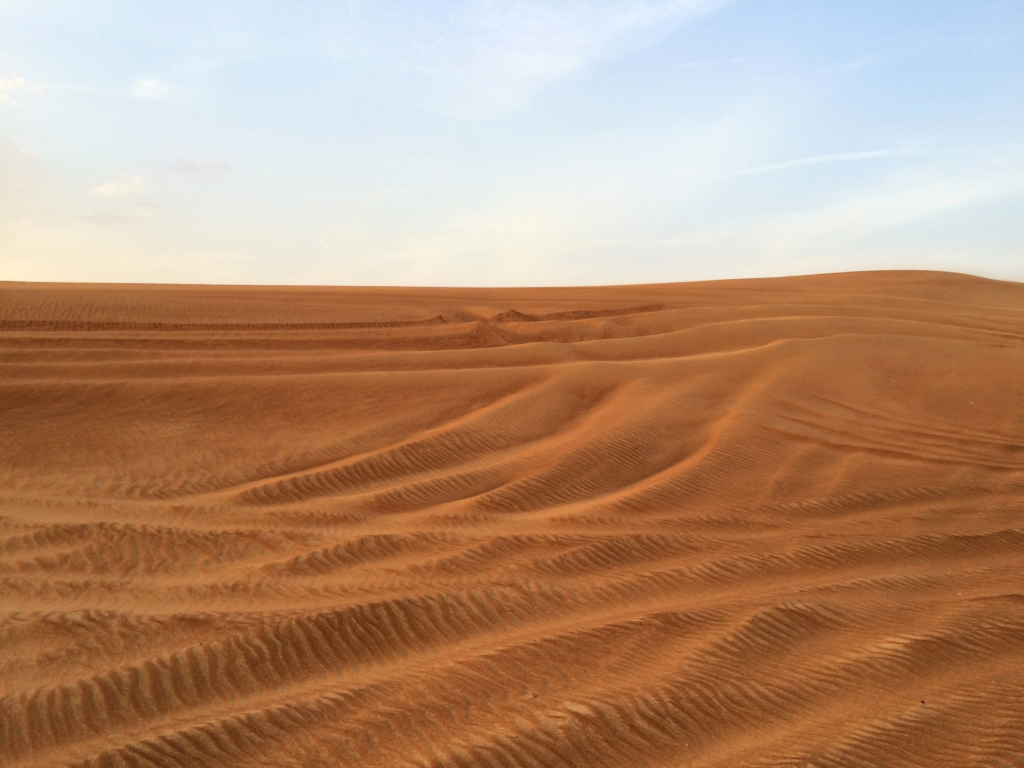My name is Salik Waquas, and I’m a film colorist who’s always been captivated by the art of storytelling through visuals. In my journey of color grading, I’ve often drawn inspiration from cinematic masterpieces that marry technical finesse with artistic depth. “Lawrence of Arabia,” directed by David Lean and shot by Freddie Young, is one of those films that redefines the boundaries of what cinematography can achieve. Young’s meticulous approach to light, color, and composition makes this film a timeless reference for anyone in visual arts. In this article, I’ll walk through the cinematographic elements of “Lawrence of Arabia” that resonate most with me, particularly from a colorist’s viewpoint. Each section reflects my interpretation of how Young’s choices in lighting, camera movement, and composition enrich this cinematic landmark.
Cinematography Analysis of Lawrence of Arabia
Freddie Young’s Vision and Impact on Lawrence of Arabia

Freddie Young, the celebrated cinematographer behind “Lawrence of Arabia,” brought unmatched technical mastery and artistic insight to the film. His work with David Lean established a new level in visual storytelling, crafting each frame with an intricate balance of realism and grandeur. For Young, the desert wasn’t just a backdrop—it was a character in itself, a vast, isolating force that paralleled T.E. Lawrence’s emotional landscape. The way Young captured the desolation of the desert, the isolation of Lawrence, and the internal struggles of the characters redefined what cinema could be. His work in “Lawrence of Arabia” set a new standard, using light and space to create an unforgettable visual journey.
Inspiration for the Cinematography of Lawrence of Arabia

The film’s cinematography draws from several profound influences, each contributing to its unique visual language. Lean and Young sought to capture the vast, enigmatic beauty of the Arabian Desert, using it to reflect Lawrence’s introspective and often tormented inner world. One element that stands out is the film’s duality—the allure of war juxtaposed with its moral degradation. This tension between beauty and brutality is echoed through contrasting light and shadow, spacious landscapes, and intimate close-ups. The desert becomes more than a setting; it embodies the isolation and haunting beauty of Lawrence’s experiences. For me, as a colorist, this careful crafting of space and emotion is a reminder of how vital it is to use color and contrast to deepen the narrative.
🎬 A Note from Salik:
I often get asked how I achieve the dense, filmic look in my commercial work. The secret isn't just color grading—it's the starting point. I have finally released my personal Master LUT Pack—8 distinct looks based on real film.
These aren't simple presets; they were crafted using complex math, empirical data, and precise tetrahedral operations to ensure technical integrity. This is the exact collection I've built over the years and used on 200+ high-end commercials.
*Compatible with Davinci Resolve, Premiere Pro, and FCPX.
Camera Movements Used in Lawrence of Arabia

Young’s approach to camera movement is both restrained and powerful, a choice that emphasizes the desert’s enormity and Lawrence’s solitude. The camera often uses slow pans, revealing the endless dunes and magnifying the introspective tone of Lawrence’s journey. Lean and Young’s decision to avoid fast cuts or handheld shots enhances the film’s meditative rhythm. For instance, the mirage scene with Sharif Ali emerging in the distance exemplifies Lean’s philosophy of letting scenes unfold, creating tension through patience. This approach reinforces the notion that cinematic impact doesn’t always come from motion; sometimes, it’s in the stillness that the story breathes.
Compositions in Lawrence of Arabia

Young’s compositions in “Lawrence of Arabia” are a lesson in visual storytelling, using wide shots to emphasize the scale of the desert against the smallness of Lawrence. Filmed in 65mm Super Panavision, the compositions pull viewers into the vastness of the environment, making them feel the texture of the sand and the expanse of the skies. One of my favorite scenes is Ali’s entrance, where he appears as a distant figure, only gradually becoming visible. This slow reveal amplifies the anticipation and awe, illustrating how deliberate framing can evoke emotion. Young’s compositions often place Lawrence at the frame’s edge, highlighting his vulnerability within the overwhelming landscape. From a color grading perspective, this kind of framing is about more than filling the frame; it’s about conveying isolation, grandeur, and the inner turmoil Lawrence endures.
Lighting Style of Lawrence of Arabia

The film’s lighting is integral to its visual depth, and Young’s use of natural light in the desert is a testament to his skill. The harsh desert sunlight creates deep contrasts and sharp shadows, symbolizing the duality of Lawrence’s character—a hero with both noble and darker motivations. The natural lighting poses technical challenges, particularly with Kodak Eastman 50T 5250 stock, which has a limited dynamic range. With an ISO around 100, the desert’s extremes in light meant Young had to be cautious about both shadows and highlights. The resulting visuals capture the desert’s raw essence, where shadows and highlights become metaphors for Lawrence’s inner conflict. From a colorist’s standpoint, balancing these contrasts without sacrificing detail is a demanding yet rewarding task that requires meticulous attention.
Lensing and Blocking in Lawrence of Arabia

“Lawrence of Arabia” was filmed using spherical Super Panavision 70 lenses, which contribute to its immersive and grandiose aesthetic. Shooting at T5.6 or higher, Young was able to achieve sharpness and depth, essential for capturing the vastness of the desert while retaining detail in Lawrence’s expressions. The use of a 450mm T8 lens in the famous mirage scene allowed Young to capture distance with an almost surreal clarity. Blocking, too, reflects Lean’s vision of the desert as both ally and adversary. Characters are often dwarfed by their surroundings, reinforcing the idea of their insignificance against nature’s relentless force. In scenes with Lawrence and tribal leaders, blocking adds depth to the power dynamics, framing him either in isolation or in moments of connection. This balance of lensing and blocking creates a narrative of both mastery and subjugation, mirroring Lawrence’s journey.
Color in Lawrence of Arabia

The color palette of “Lawrence of Arabia” is one of its most iconic features, with rich golds, browns, and muted blues that evoke the desert’s unforgiving beauty. The controlled color scheme follows a 60-30-10 rule, maintaining a visual consistency that immerses viewers in Lawrence’s world. The colors reflect Lawrence’s transformation, with warmer, inviting hues early on, gradually shifting to cooler, starker tones as he becomes more isolated. Young’s palette transforms the desert into a psychological landscape, where color communicates Lawrence’s changing internal states. The subtlety with which color conveys emotion in “Lawrence of Arabia” exemplifies how powerful a limited color palette can be in storytelling.
Technical Aspects: Camera, Lenses, and Film Stock
Freddie Young’s technical choices were pivotal to the film’s grandeur. The Super Panavision 70 format, combined with Panavision Ultra Panatar lenses, allowed Young to capture sharp, detailed landscapes and intimate close-ups with equal precision. The quality of the 65mm format provided ample latitude in post-processing, which is essential for retaining detail in high-contrast lighting situations. From my perspective as a colorist, this level of detail makes it easier to achieve subtle contrasts in grading, especially in scenes where shadows and highlights need to retain nuance. The precision of the camera and lens choices allowed Young to capture the delicate balance between Lawrence’s vast environment and his personal struggles.
Conclusion
“Lawrence of Arabia” remains a cinematic masterpiece, largely due to Freddie Young’s visionary cinematography. The film’s visual storytelling places viewers at the heart of Lawrence’s experiences, drawing them into the isolation and grandeur of his journey. Young’s work not only captures the physical scale of the desert but also reflects the psychological landscape of the protagonist. Each choice—from the lighting to the compositions, lensing, and color—contributes to a story that feels both epic and intimate. For me, as a colorist, “Lawrence of Arabia” serves as an enduring reminder of the power of visuals to convey complex emotions and narratives. Freddie Young’s work in this film is a testament to the artistry of cinematography, a craft that transcends technique to create a deeply immersive experience.
- Also Read: CINEMATOGRAPHY ANALYSIS OF 12 YEARS A SLAVE (IN DEPTH)
- Also Read: CINEMATOGRAPHY ANALYSIS OF CASABLANCA (IN- DEPTH)
Browse Our Cinematography Analysis Glossary
Explore directors, cinematographers, cameras, lenses, lighting styles, genres, and the visual techniques that shape iconic films.
Explore Glossary →